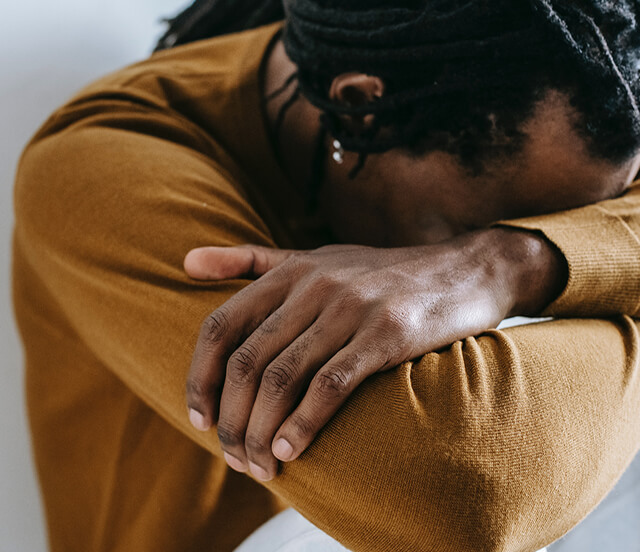by Taruna Hariparsad
The first part of this series dealt with the various challenges associated with lockdown, particularly the restrictions on alcohol and the issue of alcohol and substance abuse itself. Six months later, people do not seem too fussed about alcohol restrictions, accurately predicting when it will be banned and stocking up. However, in many ways, things have gotten a bit worse. From the rise of anti-vaxxers to widespread looting, it still feels like we are stuck in some bad action movie with lots of explosions.
Much has been said about the looting and the associated racialized violence. Many theories and analyses regarding the causes, political motivations and so on have been discussed. As a former resident of KZN, it has left me a bit… well, shocked and lost for words. As a policy researcher and analyst, it makes me wonder if this should have been easier to predict and whether the state should have been more prepared for something like this.
The City of Cape Town has taken many steps towards strengthening its ability to predict and react to various shocks and stresses as seen in its Resilience Strategy (2019) and use of scenario planning. The lack of ‘social cohesion’ is listed as a “prioritised stress”[1] in the Resilience Strategy, and is widely accepted to still be an issue in our country. However, when it comes to actually defining social cohesion or creating programmes and policies to address it, things become a bit trickier.
There are numerous definitions of social cohesion which all touch on various aspects of what it means to be ‘socially cohesive’. The following definition by Anna Rita Manca (2014) is useful in assessing social cohesion:
“Social cohesion refers to the extent of connectedness and solidarity among groups in society. It identifies two main dimensions: the sense of belonging of a community and the relationships among members within the community itself. It stems from a democratic effort to establish social balance, economic dynamism, and national identity, with the goals of founding a system of equity, sustaining the impulses of uncontrolled economic growth, and avoiding social fractures”
It is fair to say that in a socially cohesive society, it should not be as easy as it was in South Africa to stoke racial tensions and mobilise racially motivated violence. This chronic stress resulted an in acute shock, which either weakened our resilience, or highlighted a lack thereof.
South Africa, I think in many ways has become a bit numb to protests and a certain level of unrest. Service delivery protests, road closures due to taxi violence, and the ongoing severity of gender-based violence means that our level of comfort with instability is fairly high. So, when something seriously bad happens, it takes us a while to realise the extent to which the situation has escalated.
The ability to exploit the lack of social cohesion, in this case in the form of racial tensions, exhibits the need for this to be dealt with in a more direct but integrated manner. Policy usually deals with the issues which contribute to the disconnect between various groups of people. It touches on apartheid and its legacy such as spatial planning, income inequality and so on. However, there is a need to deal with the more subjective aspects of this, and take a more holistic and integrated approach.
In other words, given the current state if things, which will probably not change for some years, how do we strengthen this thing we call ‘social cohesion’, or how do we change the way we feel about one another? No doubt the external factors play a role, and have contributed and caused these divides, but there is little which addresses the more subjective aspects.
In taking a more holistic approach, it is important to define what “social cohesion” means for us, whether it is the correct lens and whether this can be translated into policy and programmes. While the definition above is useful in beginning to understand the concept, many of the terms are broad and vague, and require us to establish what they mean for us, in our context. Not dealing with the issue, and the difficulty with mainstreaming it can have major negative socio-economic impacts.
There are moments when certain events make us feel like a united nation and “proudly South African”. We need to build on these moments and use their momentum. We need stop putting band aids on the wound and establish the root causes. Like most wounds, it needs some air to heal.
[1]Chronic stresses weaken the fabric of a city on a day-to-day or cyclical basis, for example, high unemployment, inadequate public transport systems, endemic violence, food insecurity and substance abuse.





